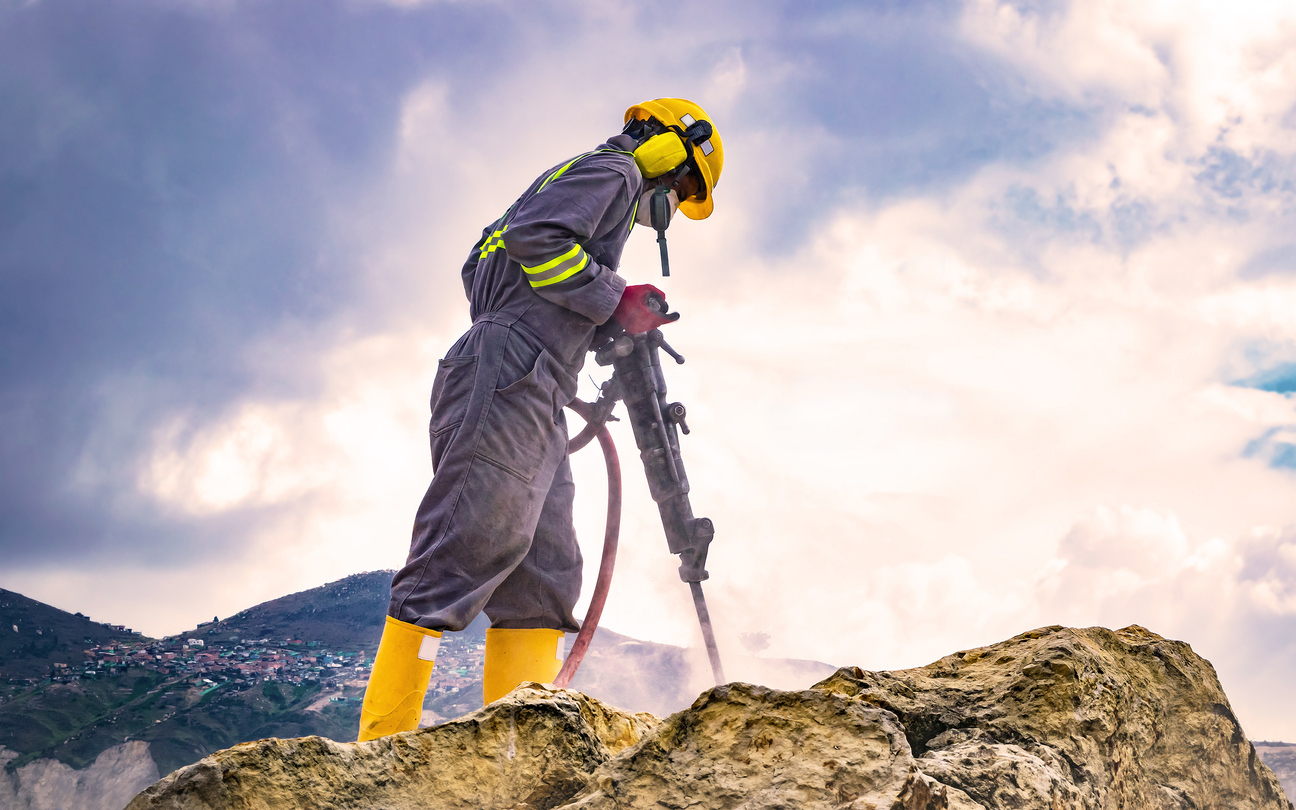- Home
- Science
- Our Work
- Air Pollution
- Agriculture, Farming and Pesticides
- Asthma and other Lung Diseases
- Coronavirus Pandemic (COVID-19)
- Exposure to Chemicals and Dust
- Exposure to Nanomaterials
- Human Exposure
- Neurodegenerative Diseases
- Musculoskeletal Disorders
- Occupational Cancer
- Sustainable Working
- Sustainability and Climate Change
- Stress, Wellbeing and Psychosocial Issues
- COVID-19 IOM Study of Face Coverings in Retail Environments
- Styrene Study
- PROTECT COVID-19 National Core Study
- Firefighters and Cancer – IOM Report
- MORtality Study of Former Professional Footballers in England and Wales (MORSE) Study
- Our Scientists
- Our Expertise
- Nano Material Services
- Development and Management of Data and Information Systems and Services
- Ergonomics Design and Evaluation
- Epidemiological Studies & Methods
- Exposure Assessment
- Health Impact Assessment (HIA) and Risk Assessment
- Policy Evaluations
- Study Design and Statistical Analysis
- Systematic Reviews and Meta-analyses
- Toxicology
- Workplace Cluster of Disease
- IOMLIFET
- IOM Scientists Advocate Tighter Standards for Airborne Dust at Work
- Research Project on Work Related Musculoskeletal Disorders
- Styrene Study
- Firefighters and Cancer – IOM Report
- IOM Library
- Contact our Research Experts
- Our Work
- Occupational Hygiene
- Case Studies
- Air Quality Sensors
- COSHH Assessment
- Dust Exposure
- Environmental Management
- Face Fit Testing
- Hand-Arm Vibration
- Indoor Air Monitoring
- Laboratory Animal Allergens
- Legionella Risk Assessment
- Local Exhaust Ventilation
- Noise Monitoring
- Thermal Exposure Monitoring
- Workplace Exposure Limits (WELs)
- Welding Fumes
- Remote Monitoring Services
- Formaldehyde Exposure Monitoring
- Biological Agent Exposure Monitoring in Waste Management
- Chromium VI
- Occupational Hygiene – Quick Quote
- Lab Services
- Asbestos and other Fibres
- Asbestos Sample Testing
- Asbestos Proficiency Testing
- Dust and Crystalline Silica
- Lead in Paint
- Metals, acid anions, acid gases
- Microbiology
- Pharmaceuticals
- Solvents & Other Organic Chemicals
- Hazard Assessment and Toxicology
- Dustiness Testing of Bulk Powders
- Lab Services Quick Quote
- Training
- Courses
- Face Fit Tester Training – Combined 2-day Course
- Face Fit Tester Training – Day 1 Qualitative Test Method
- Face Fit Tester Training – Day 2 Quantitative Test Method
- One Day Ventilation Maintenance Course
- BOHS Five Day Authorised Person (Ventilation) Course
- BOHS Three Day Competent Person (Ventilation) Course
- BOHS Two Day Competent Person (Ventilation) Refresher Course
- Contact our Training Team
- Courses
- Hospital Ventilation
- Authorising Engineer
- Dentistry Post Lockdown
- Design Review
- Independent Review
- Diathermic pen and Electro surgical tool testing
- Microbiological Monitoring
- Systems Refurbishment and Upgrade
- Validation and Verification Testing
- HSE COVID-19 Spot Check Inspections
- Training
- Contact Our Hospital Ventilation Experts
- Consultancy
- Our Company
- Contact Us

Hand-Arm Vibration Monitoring and Risk Assessment
What is Hand-arm Vibration Syndrome (HAVS)?
Hand-arm Vibration Syndrome (sometimes abbreviated to HAVS) is caused by working with vibrating tools and causes damage to nerves, blood vessels and joints of the hand, wrist and arm. This changes the sensation of the fingers and can lead to permanent numbness of fingers and muscle weakness. Workers using hand-held power tools for prolonged periods are at serious risk of developing HAVS.
The Health and Safety Executive (HSE) has recently launched a series of prosecutions against employers for failing to ensure that adequate measures were taken to minimise workers’ exposure to vibration and thus putting them at risk of developing hand-arm vibration syndrome (HAVS).
By law, employers must assess and identify measures to remove or reduce risks from exposure to hand-arm vibration and ensure that the correct control measures are in place and information, training and health surveillance are provided.
How IOM can help:
IOM’s highly trained occupational hygienists can provide hand-arm vibration testing and risk assessments to ensure that your business is meeting compliance regulations.
How our experts can help:
- Provide support to help meet compliance regulations.
- Measure vibration and undertake risk assessments.
- Carry out health surveillance on workers at risk.
- Advise how to control vibration exposure.
- Prepare policies, procedures to manage safely, and vibration impacts.
- Provide staff awareness training
For more advice, or to speak to an occupational hygienist complete the quick quote form below.
Hand-arm vibration is preventable, nearly two million people are at risk, and once damaged, it is permanent and seriously disabling.

